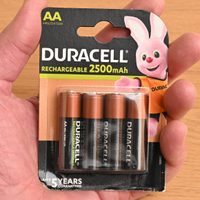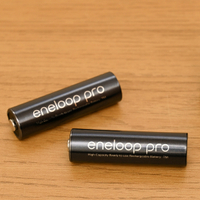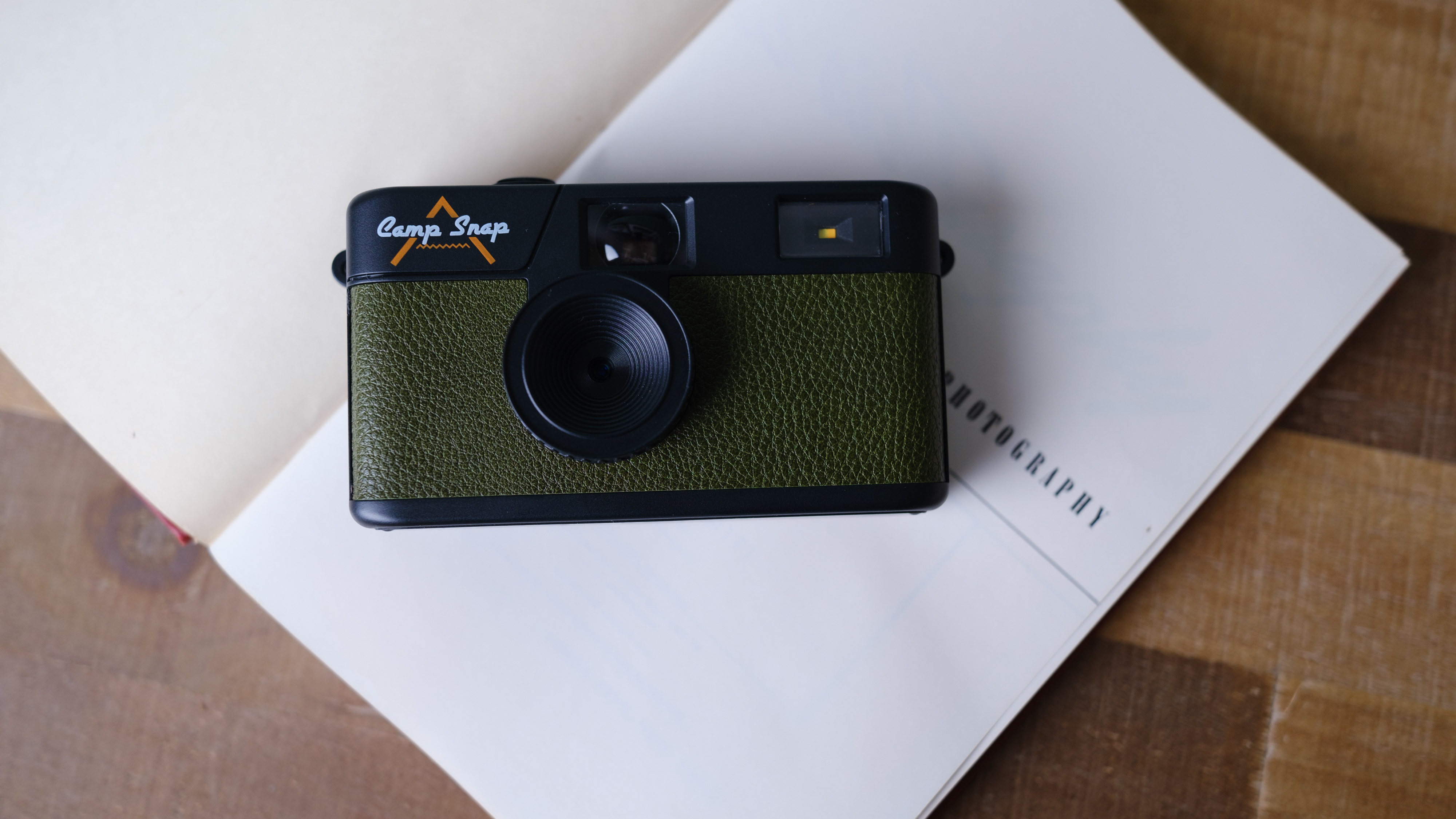Digital Camera World Verdict
I’m really impressed with these Itson ItsRecharge Pro AA & AAA rechargeable NiMH batteries. They come pre-charged so I can use them straight out of the box, which is cardboard rather than plastic. They give long-lasting performance until they need recharging and hold their charge very well when unused. They’re more expensive than many NiMH batteries from other brands but, with the same parent company as legendary Panasonic Eneloop, I trust them implicitly not to let me down.
Pros
- +
Ultra-long-lasting performance
- +
Impressively eco-friendly
- +
Slow discharge when unused
Cons
- -
Not the greatest stated capacity
- -
Modest 150 claimed recharge cycles
- -
More expensive than some alternatives
Why you can trust Digital Camera World
Itson is a new kid on the block and, while you might never have heard of this battery manufacturer, it’s part of the Advanced Power Solutions group, which includes famous brands like the somewhat legendary Panasonic Eneloop and Eneloop Pro. Eneloop batteries actually changed NiMH batteries forever. They’ve long been my favorites, as they retain their charge for months or even years, instead of going flat all on their own after a few weeks before I’d had a chance to actually use them. Itson rechargeable batteries follow suit, aiming for the highest levels of performance, reliability and eco-friendliness, thus eyeing up a place in the ranks of the best rechargeable AA batteries and the best rechargeable AAA batteries on the market.
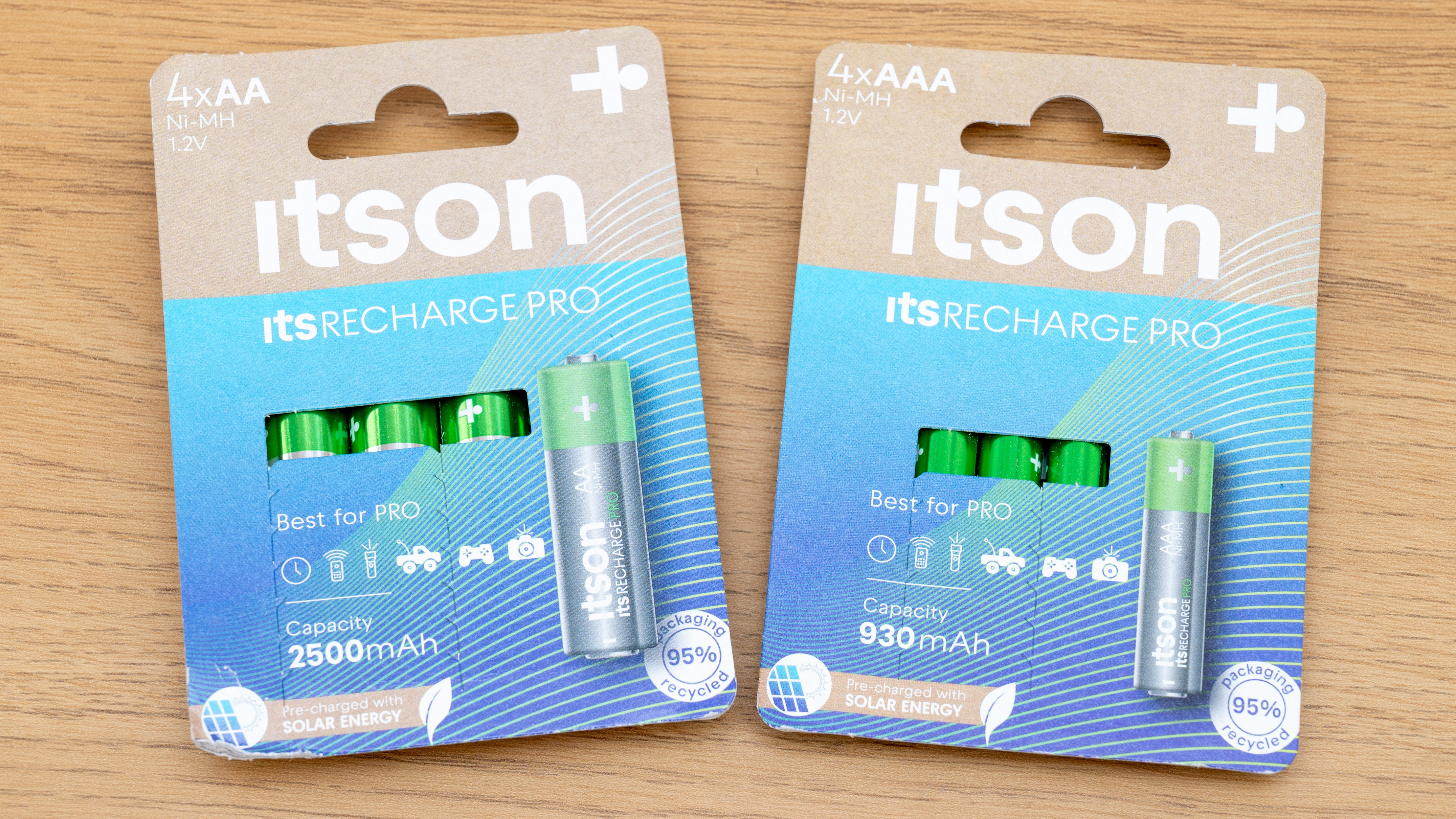
Itson ItsRecharge Pro AA & AAA: Specifications
| Type | NiMH |
| Size | AA / AAA |
| Voltage | 1.2V |
| Capacity | 2500mAh / 930mAh |
| Charge held | 85% after 1 year |
| Recharge up to | 150 times |
Itson ItsRecharge Pro AA & AAA: Price
I seized on these Itson rechargeable batteries as soon as they became available. As such, they hadn’t yet become widely available and prices were yet to settle. Even so, from the relatively few suppliers that actually stocked them at the time of writing this review, prices compared favorably with other big-name brands like Duracell, Energizer and Panasonic Eneloop / Eneloop Pro.
Itson ItsRecharge Pro AA & AAA: Design & Handling
Going green is a big thing for many of us now, and there’s a lot to be said for rechargeable batteries compared with single-use alkaline cells. Naturally, the point isn’t lost on the marketing departments of rival rechargeable battery manufacturers, but Itson go further than most. The company’s manufacturing and logistics operations are sustainable, and the batteries themselves are pre-charged before shipping, using solar energy. Single-use plastics are definitely on the miss-list, so the packaging is entirely made 95% recycled cardboard, which is fully recyclable once you’ve removed the batteries. And if you want more greenery, Itson is involved in projects like community gardens, aiming to transform urban spaces while reducing pollution and promoting biodiversity.
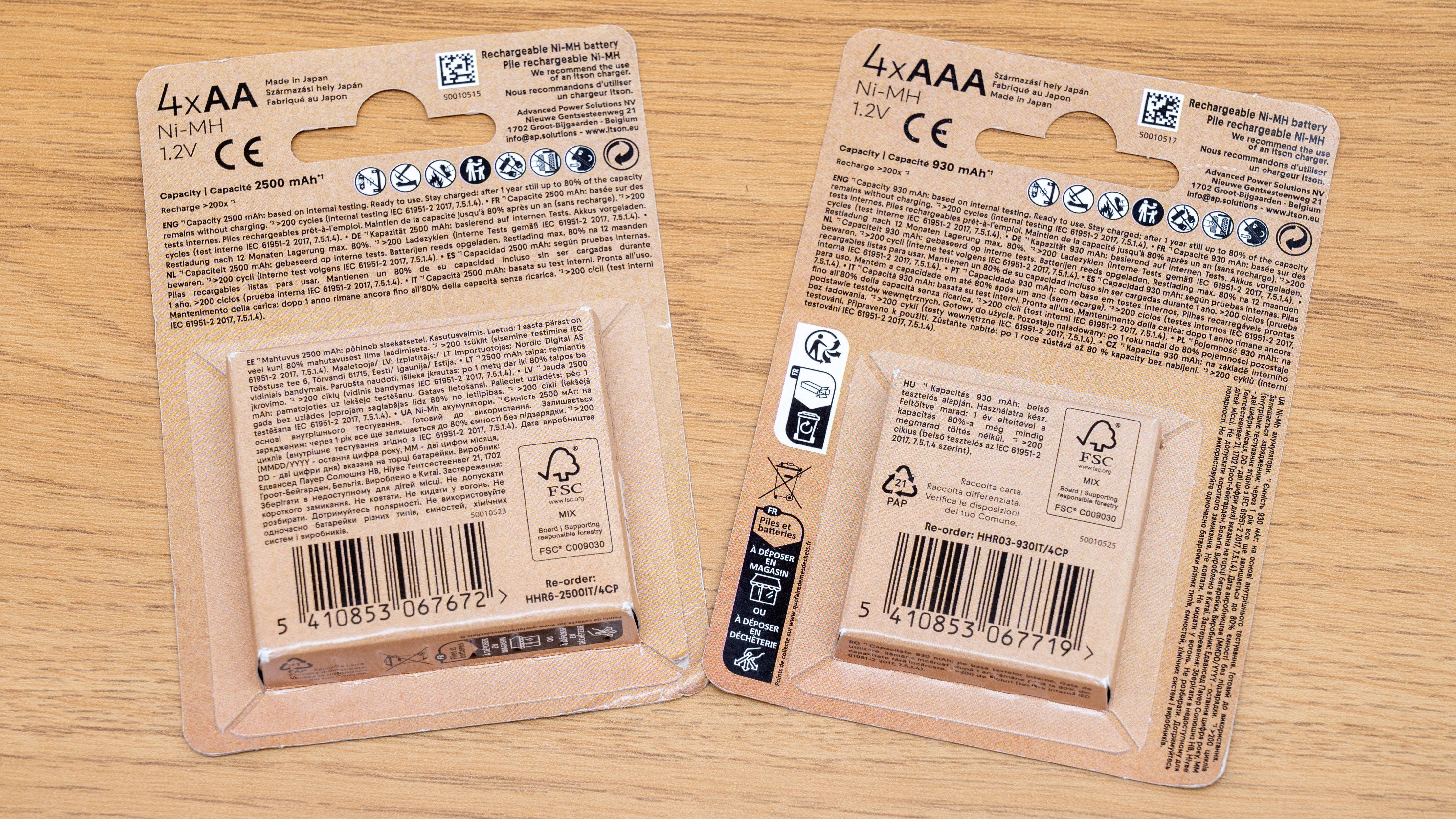
Over the last year, I’ve tested many rechargeable AA & AAA batteries and quite a few of them are only 20% charged at the manufacturing stage, before shipping into the retail chain. The reason (or perhaps excuse) for this is safety during transport. It’s perhaps not a big deal but I’ve grown to like rechargeable batteries that are fully charged before shipping and ready to roll straight out of the box.
Another thing I’ve found recently is that many rechargeable batteries from companies including EBL, HiQuick and Powerowl work perfectly well with the reasonably quick chargers with which they’re often supplied. However, if I try to charge them with a super-fast charger, they become too hot to handle so I’m not in the least bit comfortable with taking that risk. There’s no problem with these Itson batteries, which I found kept their cool even with the fastest chargers on the market, greatly speeding up the recharging process until they’re ready to use again.
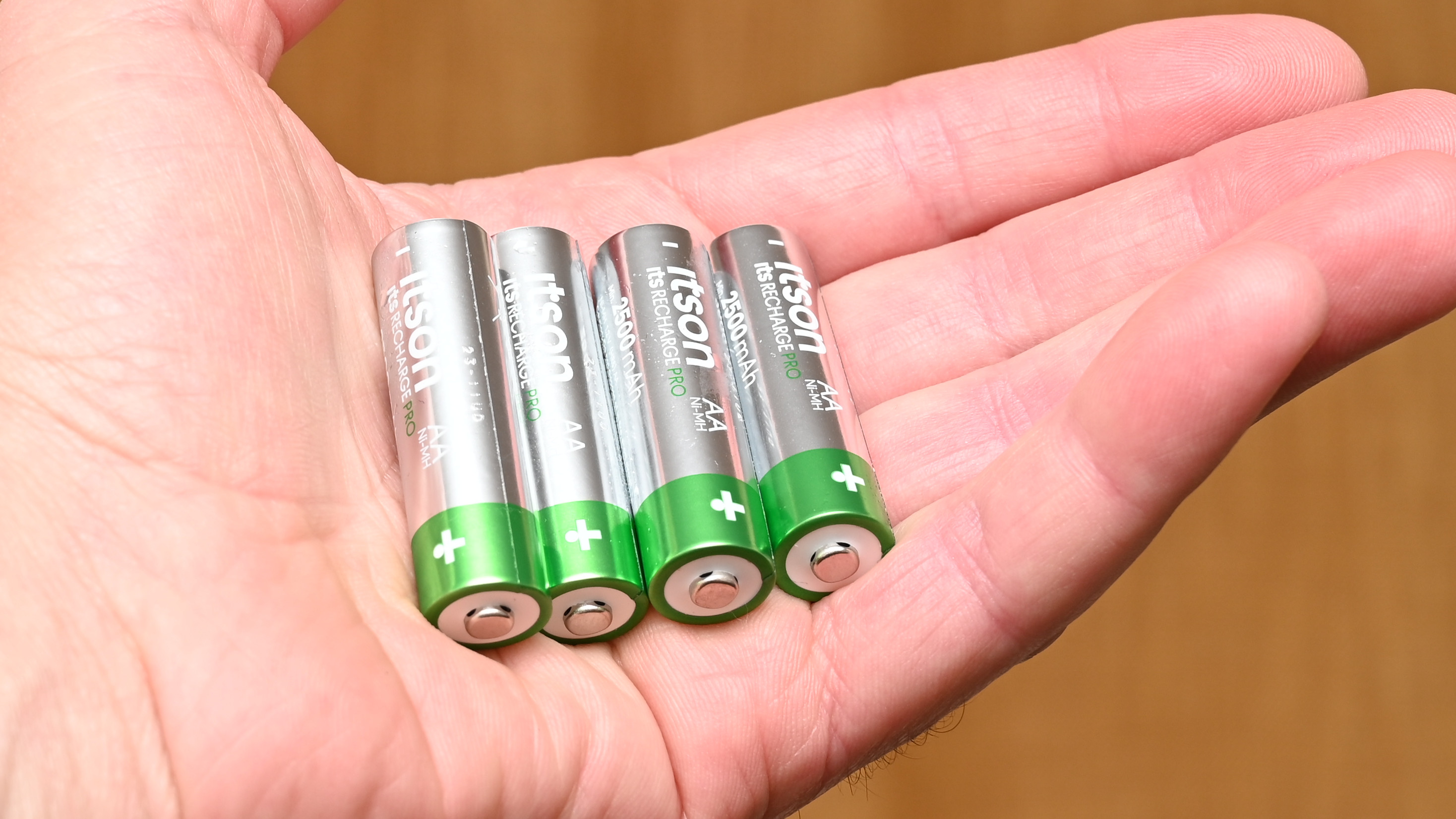
As I’ve mentioned, one of my main bugbears with old-style NiMH batteries is that they used to discharge so quickly when sitting on the shelf waiting to be used. Again, there’s no such problem with these Itson batteries, which retain 85% of a full charge even when unused for a whole year. The total number of claimed recharge cycles is rather modest at 150, which looks pretty poor compared with the claimed 2,100 times of some NiMH batteries. The comparison is something I can’t test within the time constraints of writing reviews but, even so, Naturally, I’m not able to compare different batteries in this respect, within the time constraints of writing reviews. Even so, the Itson batteries beat the claimed total number of 100 recharge cycles for the competing Duracell rechargeable batteries, by 50%. Suffice it to say that if I had to recharge these Itson batteries once every fortnight, they’d still be good for nearly six years.
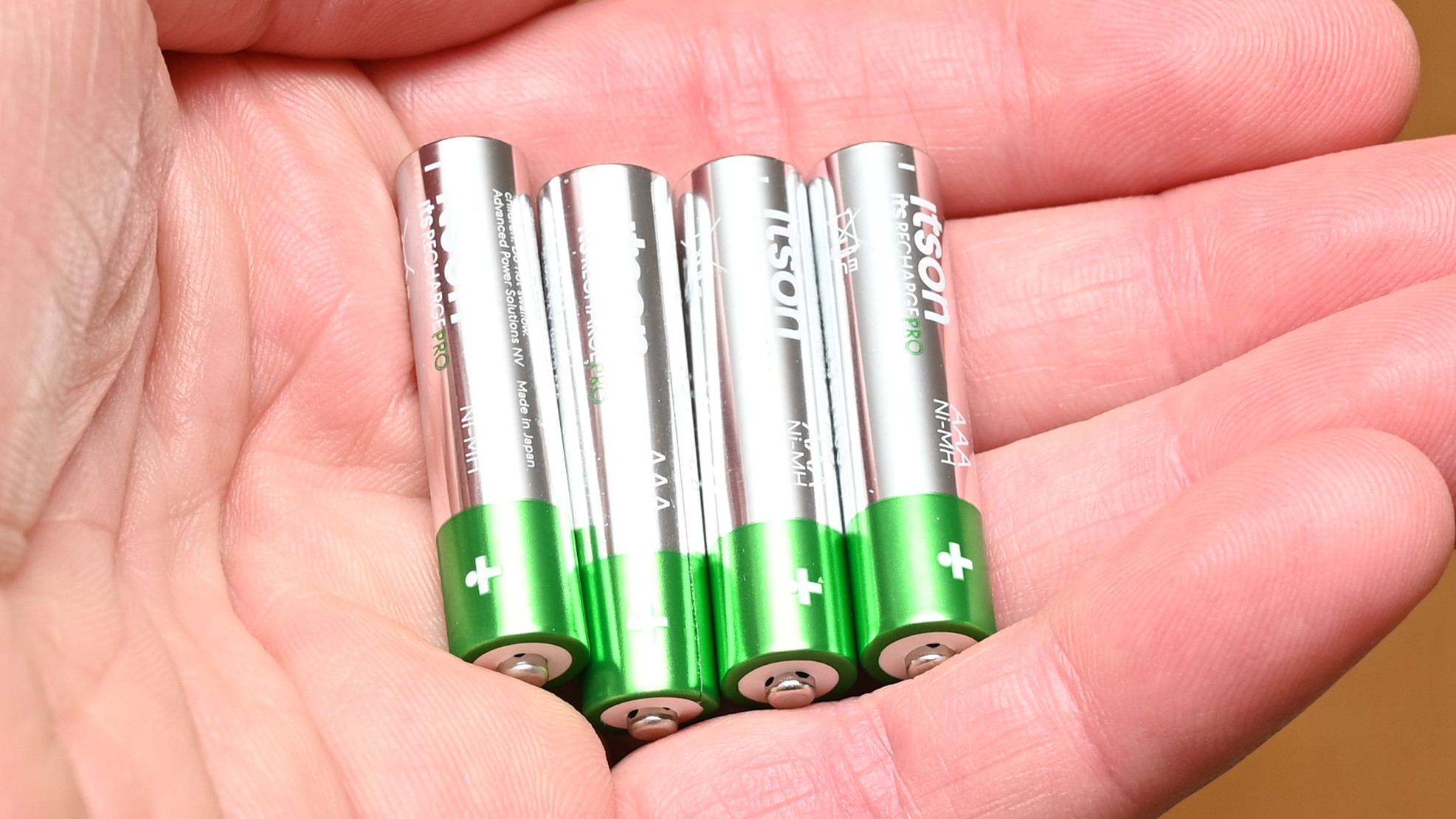
The stated capacity of the Itson ItsRecharge Pro batteries is 2500mAh for AA and 930mAh for AAA. Perhaps it’s no coincidence that the Panasonic Eneloop Pro alternatives from the same parent company have exactly the same ratings. Let’s see how performance compares in real-world tests.
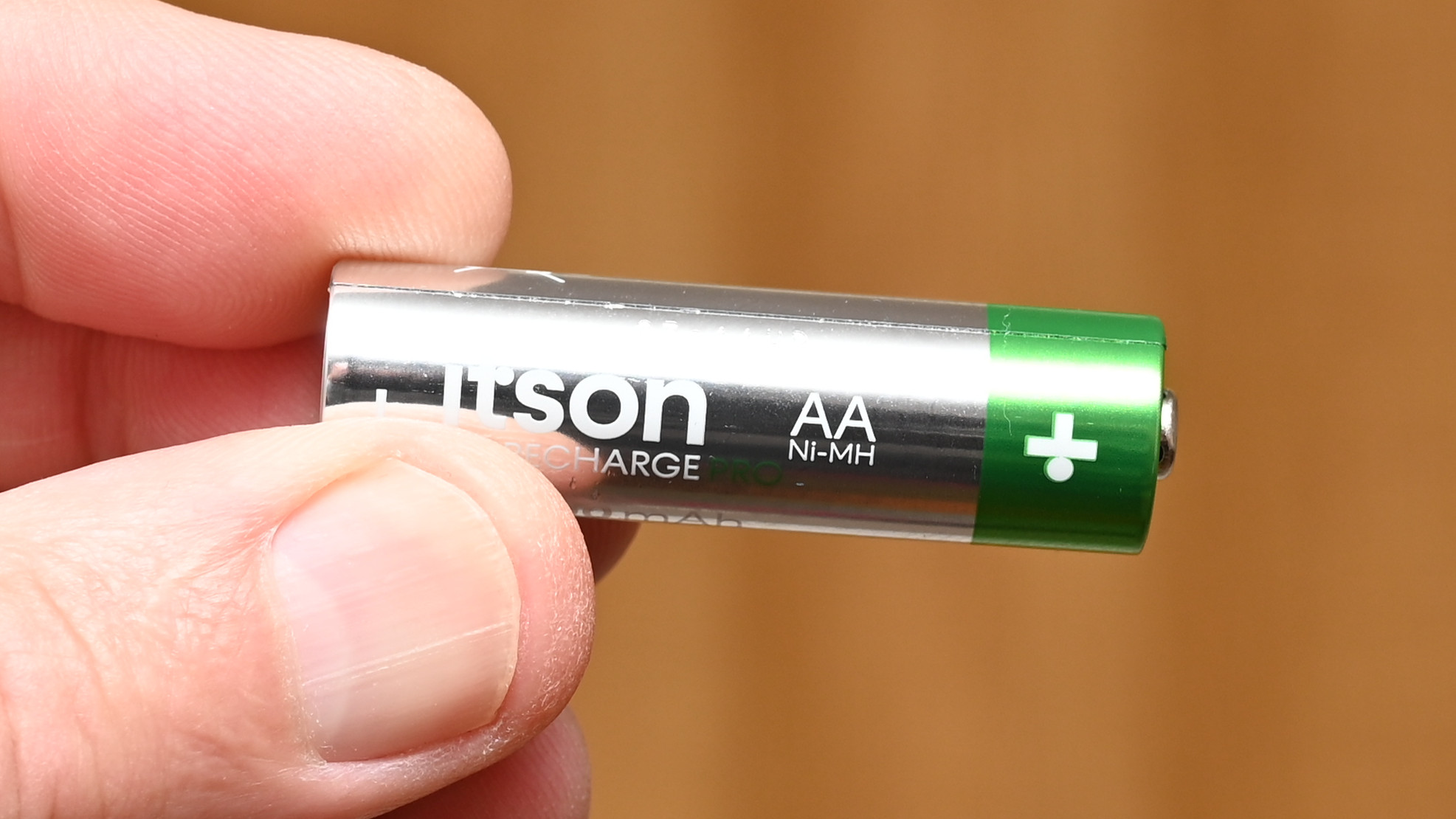
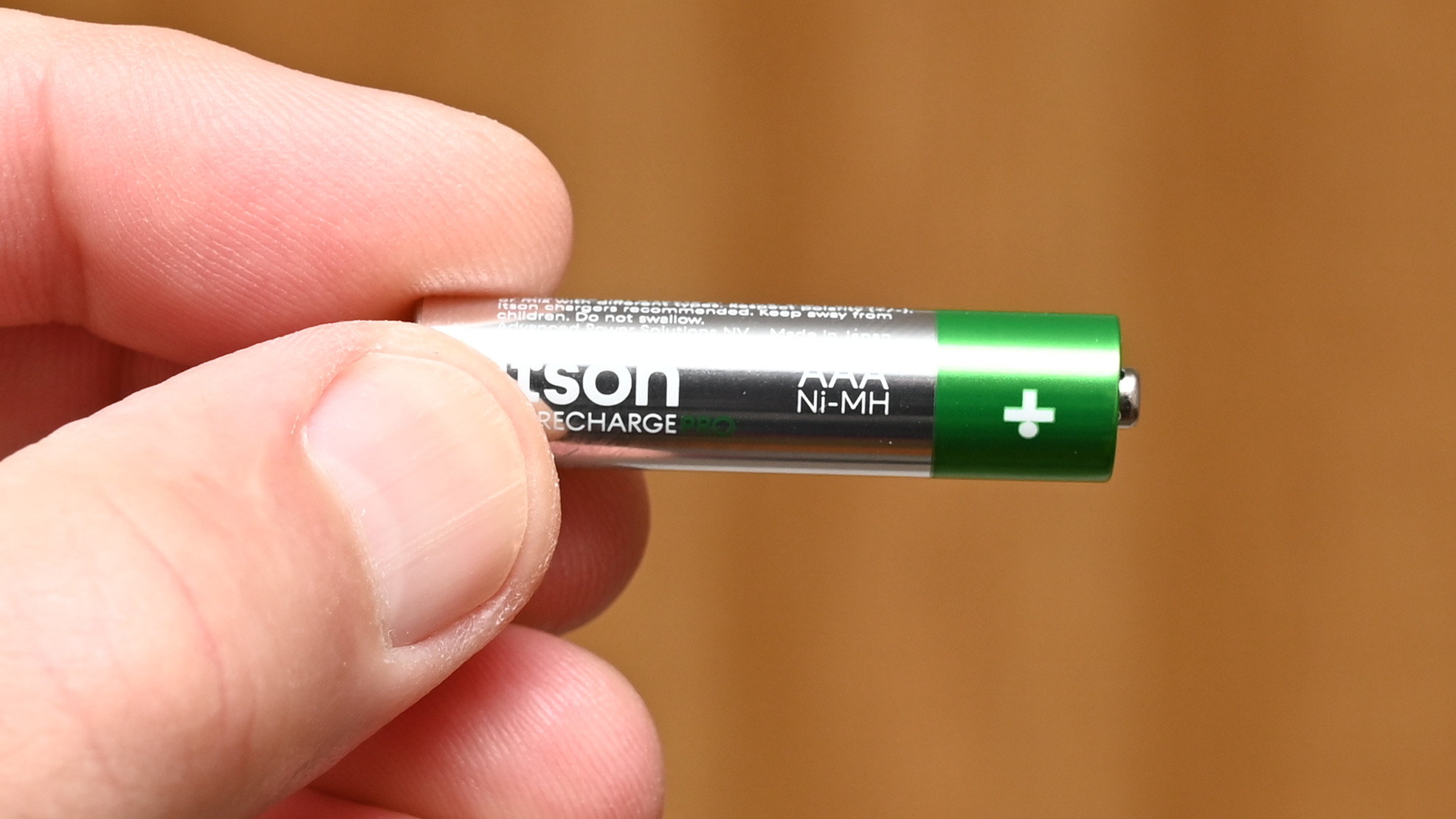
Itson ItsRecharge Pro AA & AAA: Performance
I put a four freshly charged ItsRecharge Pro AA batteries in my Nikon SB-700 Speedlight flashgun to test them in a typical photographic scenario, firing off a series of full-power flashes. I took sets of 100 shots, pausing after each to let the flashgun and batteries cool down for a bit. I found that recycle speeds started off at a super-fast 1.6 seconds, until the flashgun’s ready light illuminated. That’s actually the fastest speed that I’ve ever got from NiMH batteries in this flashgun, and twice as quick as with a brand new set of alkaline cells.
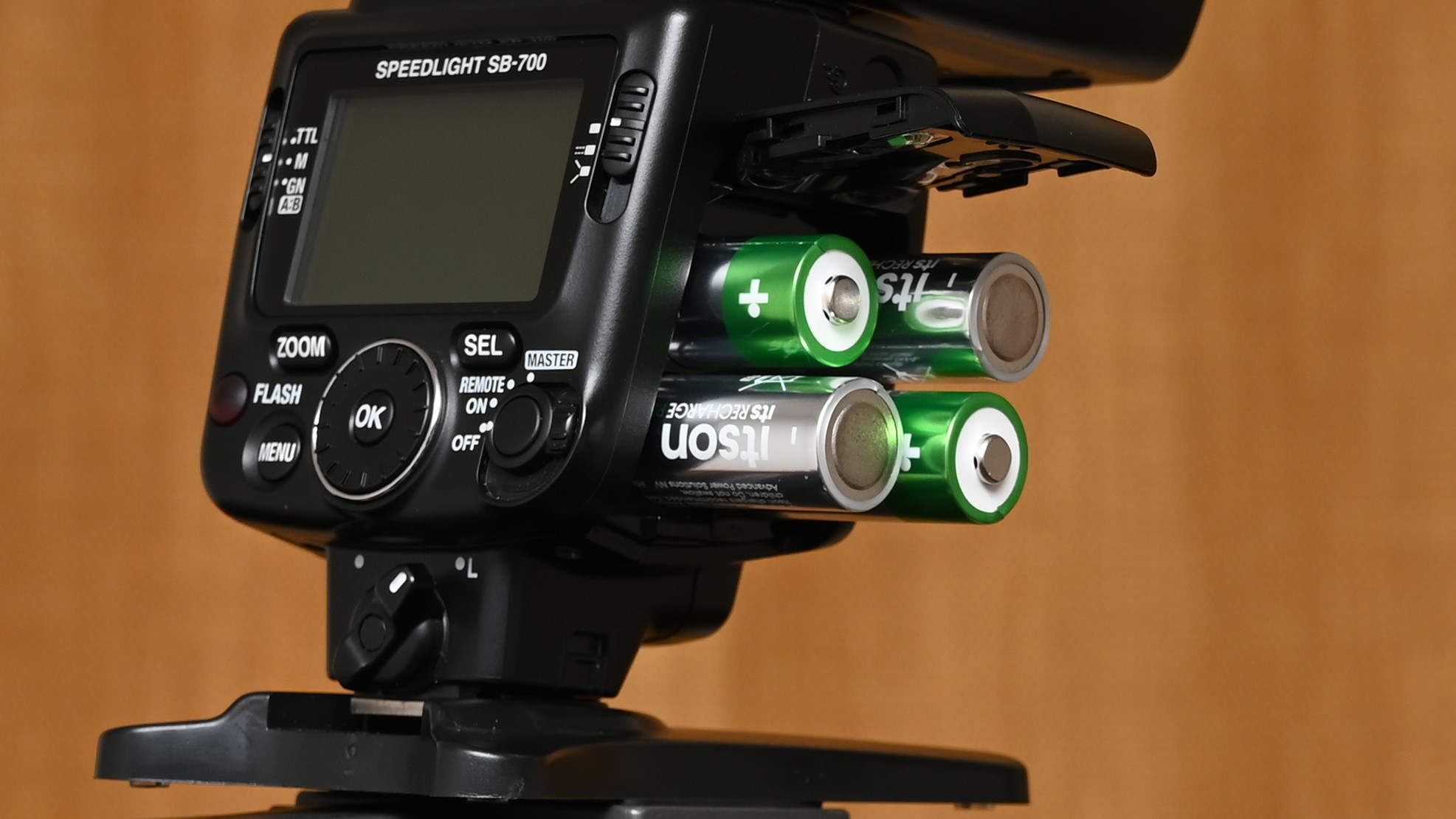
Recycle speed dropped to 1.9 seconds after 75 flashes and 2 seconds after 100 flashes, still quicker than the initial speed of many freshly charged NiMH batteries. For further comparison, alkaline batteries dropped to speeds of 9.2 seconds after 75 flashes and 13 seconds after 100 flashes, being completely exhausted after 117 flashes. The Itson batteries powered through to 320 full-power flashes, easing ahead of even many higher-rated 2800mAh batteries that I’ve tested, which tended to run out at around 290 flashes.
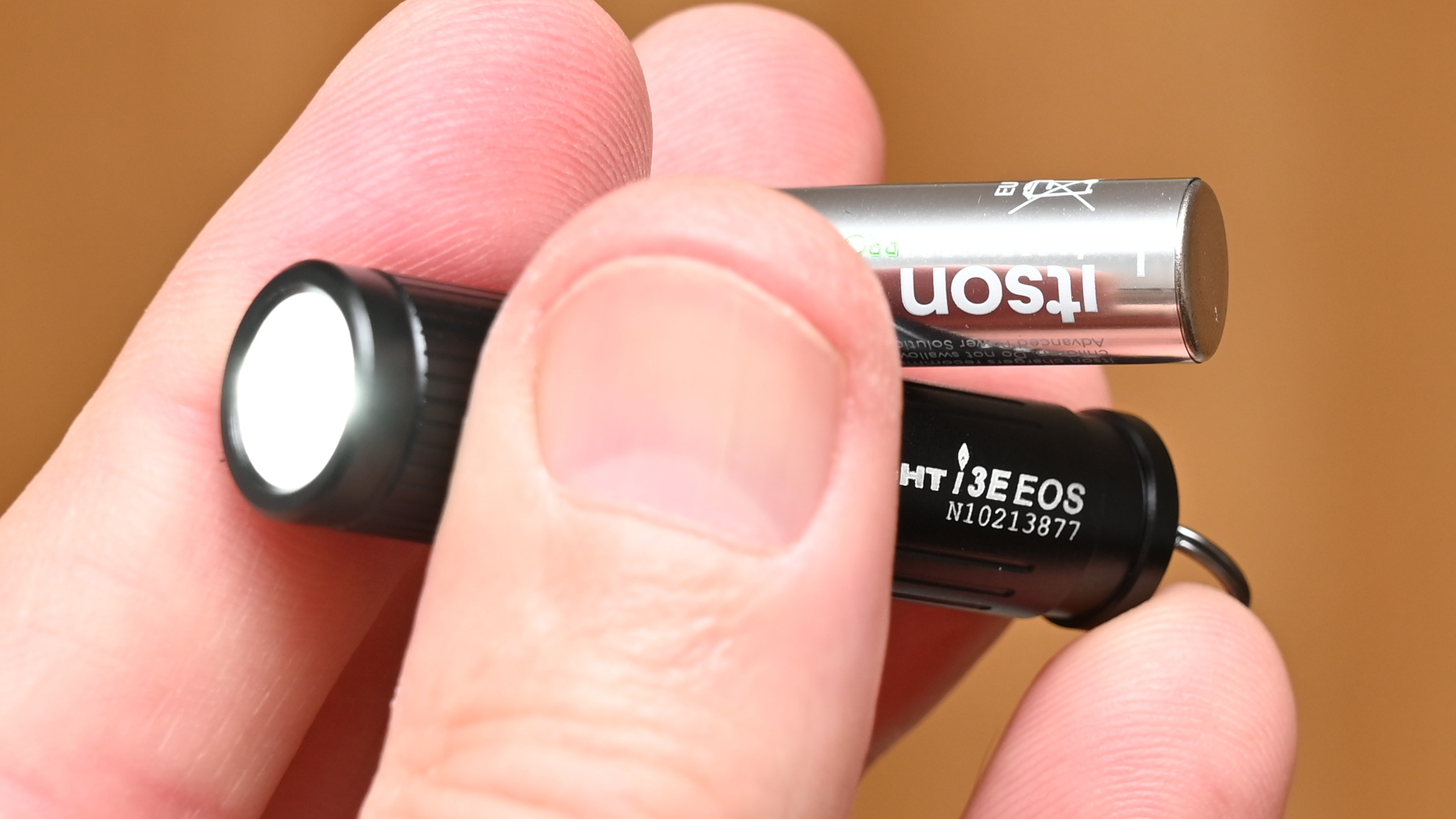
I was similarly impressed when testing the AAA batteries in my high-intensity LED flashlight, where they lasted for 85 minutes. That matches the running time of higher-rated 1100mAh NiMH batteries that I’ve tested from other manufacturers.
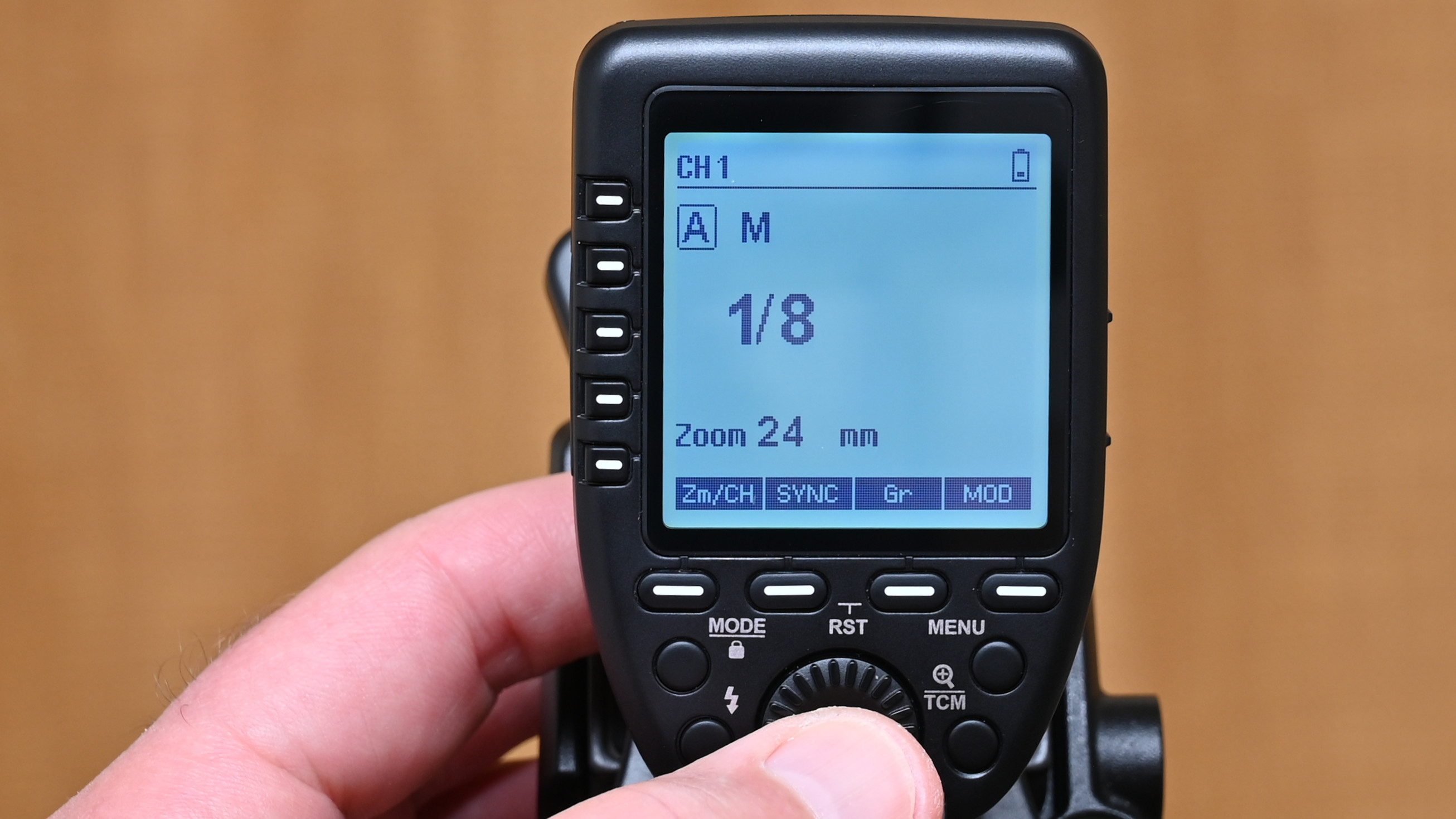
Itson ItsRecharge Pro AA & AAA: Verdict
I’m an instant fan of Itson ItsRecharge Pro AA & AAA batteries. I like that they have top-notch eco credentials and come fully charged, so they’re ready to use straight out of the (cardboard rather than plastic) box. Testing the AA batteries with a flashgun, which is an obvious use in photographic terms, they outperformed every other NiMH battery that I’ve ever used, and I’ve used many. I was equally impressed with the performance and stamina of the ItsRecharge Pro AAA batteries. I also like that I can recharge both sizes of battery in a super-fast charger without them getting hot and causing any concern. I could buy cheaper rechargeable batteries but, taking everything into account, I’m more than happy to pay the extra.
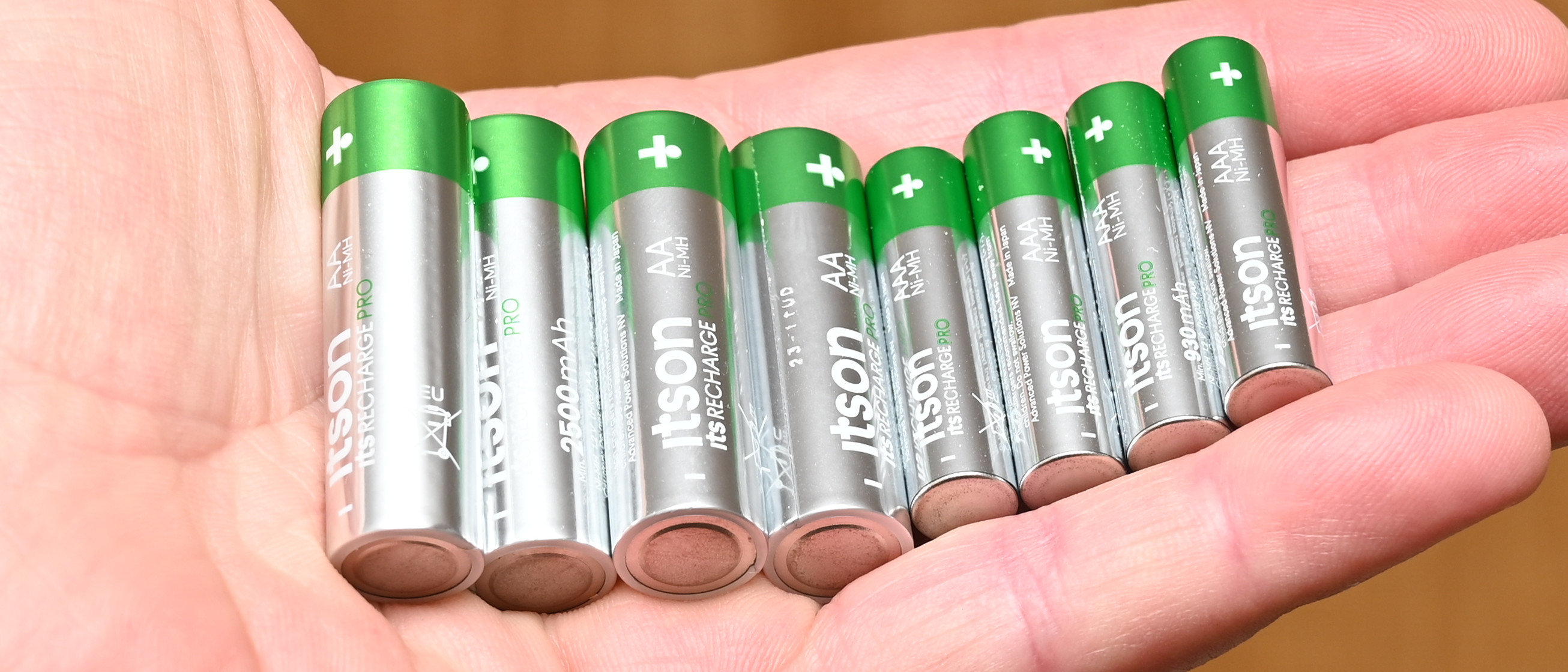
Should you buy the Itson ItsRecharge Pro AA & AAA?
✅ Buy this...
- You’re after rechargeable batteries that give ultimate performance, backed up by top-level eco-friendliness.
- You want rechargeable batteries that you feel are safe to recharge in super-fast chargers.
🚫 Don't buy this...
- You’d rather save money by buying cheaper rechargeable batteries that still promise a high capacity.
- You’re concerned that these batteries only have a stated total number of 150 recharging cycles.
Alternatives
The Duracell Rechargeable AA & AAA batteries are from one of the most famous names in the business. They have the same capacity rating of 2500mAh for AA and a slightly lower 900mAh for AAA. However, I found they were outperformed by the Itson ItsRecharge Pro.
Panasonic Eneloop Pro AA & AAA have long been my go-to choice of batteries. They brought in a new era of low-discharge rate rechargeable NiMH batteries when launched by Sanyo in 2005, before being acquired by Panasonic in 2009, and have been going strong ever since.
Matthew Richards is a photographer and journalist who has spent years using and reviewing all manner of photo gear. He is Digital Camera World's principal lens reviewer – and has tested more primes and zooms than most people have had hot dinners!
His expertise with equipment doesn’t end there, though. He is also an encyclopedia when it comes to all manner of cameras, camera holsters and bags, flashguns, tripods and heads, printers, papers and inks, and just about anything imaging-related.
In an earlier life he was a broadcast engineer at the BBC, as well as a former editor of PC Guide.

